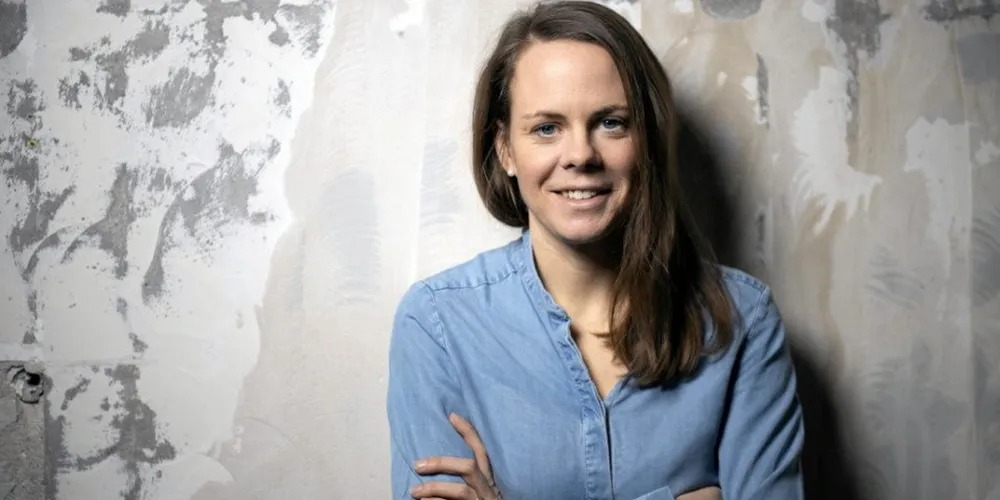OX2 eyes using hydrogen from two of world's largest offshore wind projects for e-fuels
E-fuel produced on Swedish island of Gotland would supply limestone maker Nordkalk, while developer Freja Offshore also seeks further permit for gigascale wind farm nearby

Nordic developer OX2 and Finnish limestone products maker Nordkalk are considering tapping into two of the world’s largest offshore wind projects – the 5.5GW Aurora and the 3.9GW Pleione-Ran arrays off the Swedish Baltic Sea island of Gotland – for the production of e-fuel.
The e-fuel could be used in Nordkalk’s own facilities, but also for shipping and other industries and to make Gotland a hub for green growth and development. The companies will start a pilot study on how the facility should be planned that will also look into how the island harbour of Storugns can be developed.
“Wind is a natural resource that can be used to transition to sustainable fuels and create new industries, but also to secure that current industries remain competitive in the future,” said Emelie Zakrisson, head of offshore wind development in Sweden at OX2.
“Gotland has better conditions for this than maybe any other place in Sweden.”
OX2’s Aurora project is located between Gotland and Sweden’s other large Baltic Sea island, Öland, while Pleione-Ran is situated east of Gotland. Together, the two arrays would produce about 37TWh, equivalent to a fourth of Sweden’s power consumption.
E-fuel can be used to replace fossil fuels in Nordkalk’s production or to refine the limestone to fertilisation products. It can also be used as fuel for shipping and other heavy transports.
“This not only aligns with our commitment to sustainability and net zero, but also positions Gotland and Sweden as strategically key players in the transition towards sustainable and efficient energy utilisation across not only our industry but multiple industries.”
OX2 is also active in the development of hydrogen infrastructure and is among other things partners in the development of a hydrogen pipeline between Finland, the archipelago of Åland, Sweden and Germany. The developer also said it investigates the possibility to use the oxygen that is a biproduct from hydrogen to oxygenate the Baltic Sea.
Freja Offshore application for 2.5GW array
Unlike most other countries, the Swedish central government does not hold seabed lease auctions or tenders for support in offshore wind. It instead allocates acreage at sea according to a kind of first-come-first-serve principle, once developers have passed environmental zoning and received a recommendation at a regional level, as well as the Natura 2000 permit.
Next to OX2 and Vattenfall, a series of heavy-weight offshore developers are vying for permits in a what is promising to become a massive second wave of Swedish offshore wind development.
The nearby regions of “Sörmland and Östergötland are in great need of increased electricity production to reduce prices and meet the electricity demands of transitioning to a low-carbon industry,” Freja Offshore CEO Magnus Hallmann said.
“In addition, our intention is to develop our proposed offshore wind farm in coexistence with the beautiful and culturally significant archipelago environments in the area, choosing a site that has low to no visibility from land.”
(Copyright)